Discovering Nepal through trekking is an amazing adventure, blending nature, culture, and exciting experiences in the Himalayas. At Safe Holiday Adventure Pvt. Ltd, we’re excited to guide you through unforgettable journeys that showcase Nepal’s stunning landscapes and the traditions of its people.
Nepal offers various trekking routes, each with its own challenges and rewards. Some of our popular treks include the Everest Base Camp, Annapurna Base Camp, Mardi Himal, Ghorepani Poon hill trek, Annapurna Circuit, Tilicho Lake and Thorong-La Pass, Upper Mustang, Tsum Valley, and Manaslu Circuit. These treks promise breathtaking views and chances to experience local cultures.
If you’re new to trekking or looking for tips, check out our blogs covering different trekking topics. We share insights on what to bring, how to prepare, and highlight interesting destinations. Explore our Popular top treks, categorized based on our best-selling itineraries, ensuring you find the right adventure for you.
Our carefully planned itineraries cover Nepal’s key trekking regions, including Everest, Annapurna, Langtang, Manaslu, Dhaulagiri, and Kanchenjunga. We prioritize your comfort and safety, providing the best amenities for a rewarding trekking experience.
At Safe Holiday Adventure, we’re not just about trekking; we want to create lasting memories and help you appreciate Nepal’s natural beauty and diverse cultures. Join us for a trekking adventure that goes beyond the ordinary, where each step is a new discovery and every summit is a triumph.
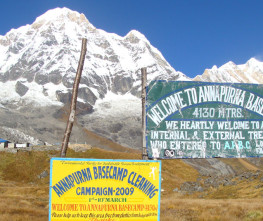 Annapurna Trekking
The Annapurna region of Nepal is a popular destination for trekkers, located in the north-central part of the country. The region is home to the… more details
Annapurna Trekking
The Annapurna region of Nepal is a popular destination for trekkers, located in the north-central part of the country. The region is home to the… more details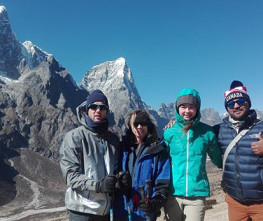 Everest Trekking
The Everest Trekking is a popular and challenging adventure in Nepal, taking you to the base of the world's highest peak. The trek begins in the… more details
Everest Trekking
The Everest Trekking is a popular and challenging adventure in Nepal, taking you to the base of the world's highest peak. The trek begins in the… more details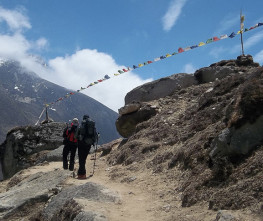 Langtang Trekking
Langtang trekking is a popular adventure in Nepal that takes you to the Langtang region, located in the north of the country. The region is known… more details
Langtang Trekking
Langtang trekking is a popular adventure in Nepal that takes you to the Langtang region, located in the north of the country. The region is known… more details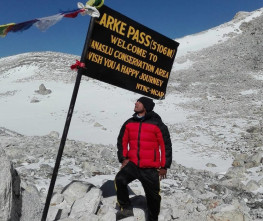 Manaslu Trekking
The Manaslu trekking in Nepal is the nearest restricted area trek from Kathmandu and is located in the central-north part of the country. It is… more details
Manaslu Trekking
The Manaslu trekking in Nepal is the nearest restricted area trek from Kathmandu and is located in the central-north part of the country. It is… more details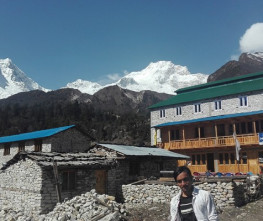 Off the beaten path treks in Nepal
Off the beaten path treks in Nepal refer to trekking routes that are less popular and less crowded compared to the more well-known trekking routes… more details
Off the beaten path treks in Nepal
Off the beaten path treks in Nepal refer to trekking routes that are less popular and less crowded compared to the more well-known trekking routes… more details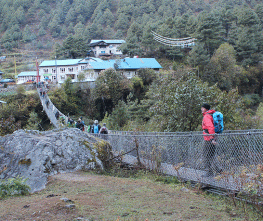 Short and Easy Trek
Short and easy treks in Nepal refer to trekking routes that can be completed in a relatively short amount of time and that do not require a high… more details
Short and Easy Trek
Short and easy treks in Nepal refer to trekking routes that can be completed in a relatively short amount of time and that do not require a high… more details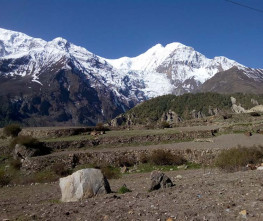 Dolpo Trekking
Dolpo is a remote and isolated region in western Nepal, known for its rugged beauty and rich culture. The Dolpo Trek is a challenging and rewarding… more details
Dolpo Trekking
Dolpo is a remote and isolated region in western Nepal, known for its rugged beauty and rich culture. The Dolpo Trek is a challenging and rewarding… more details